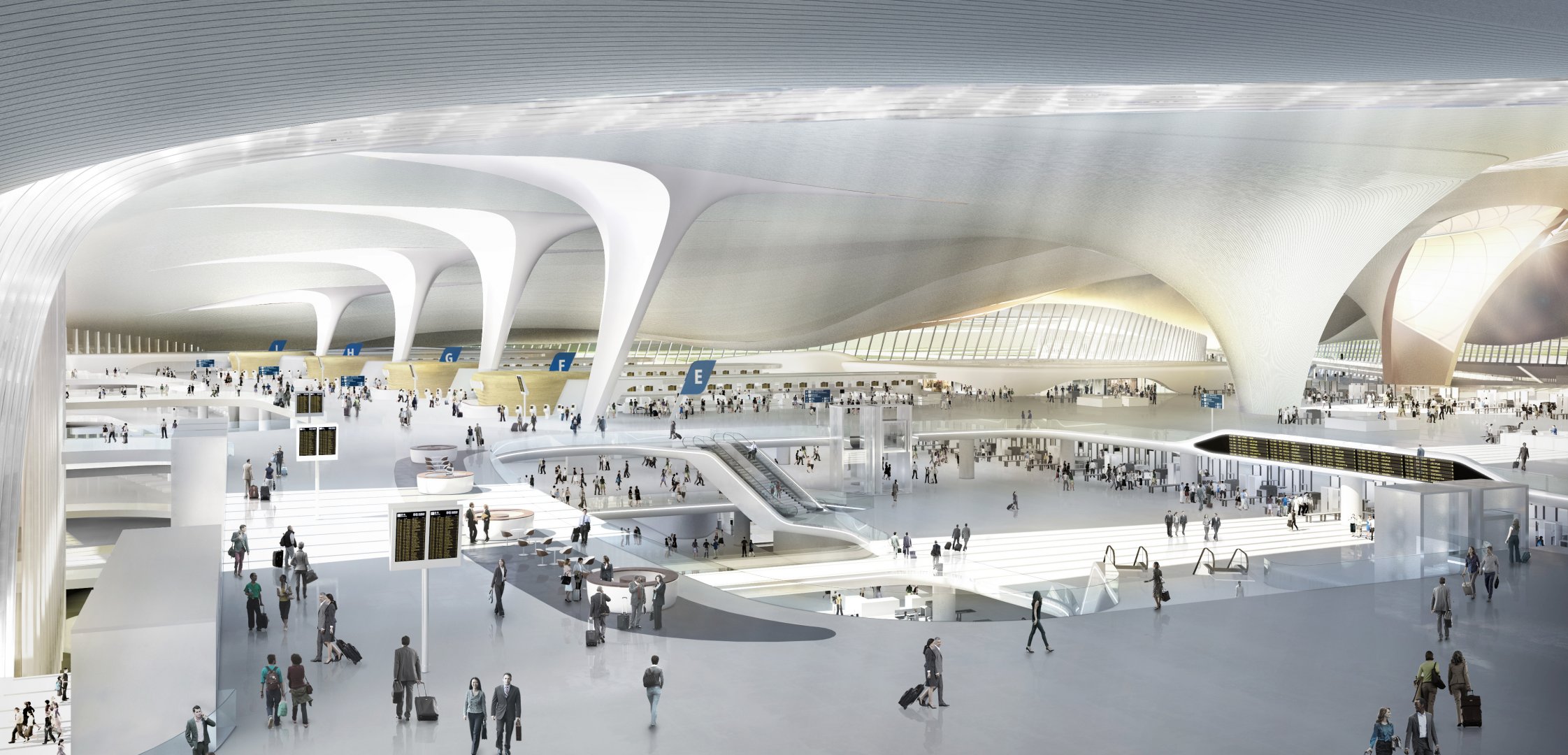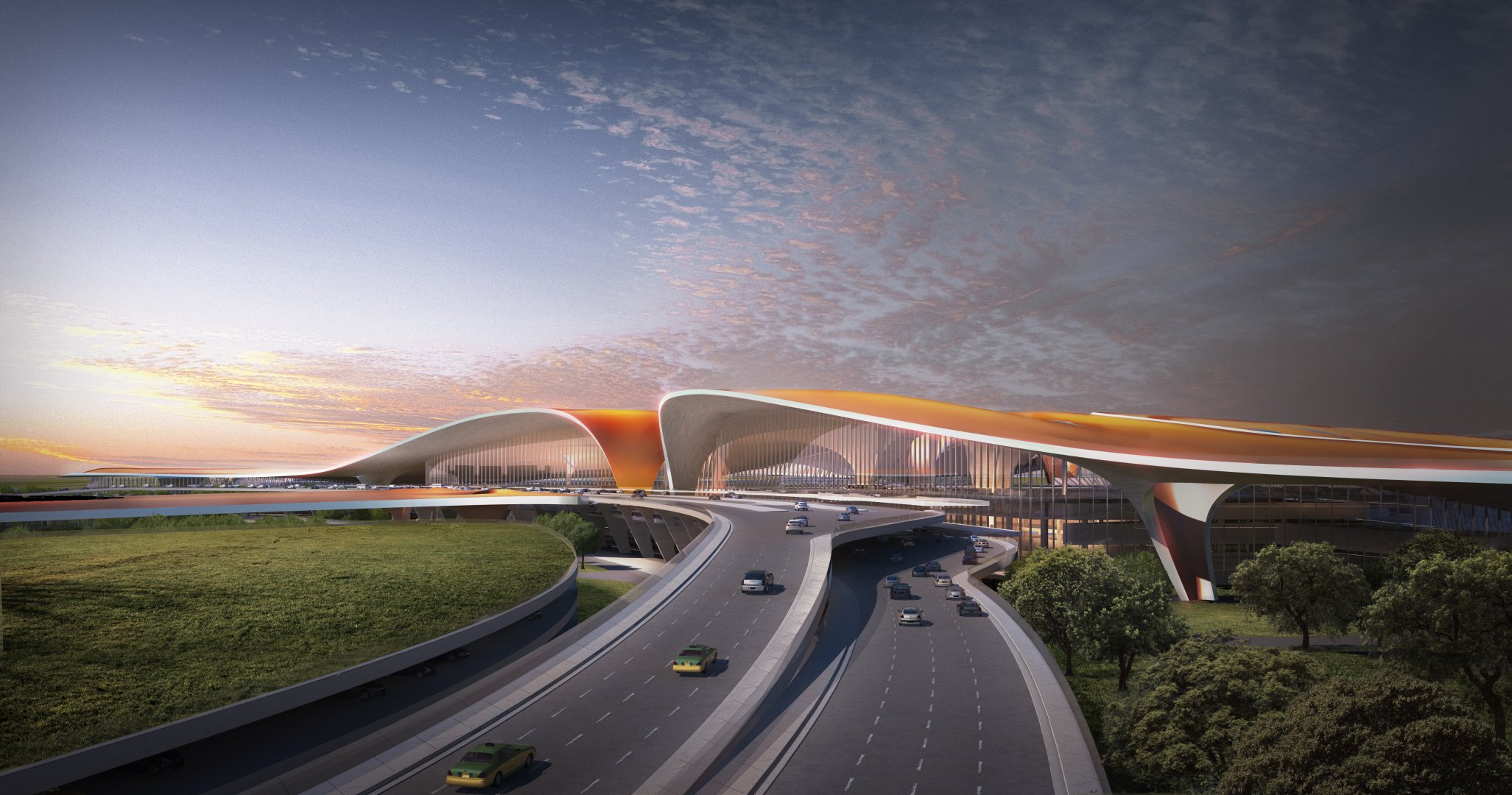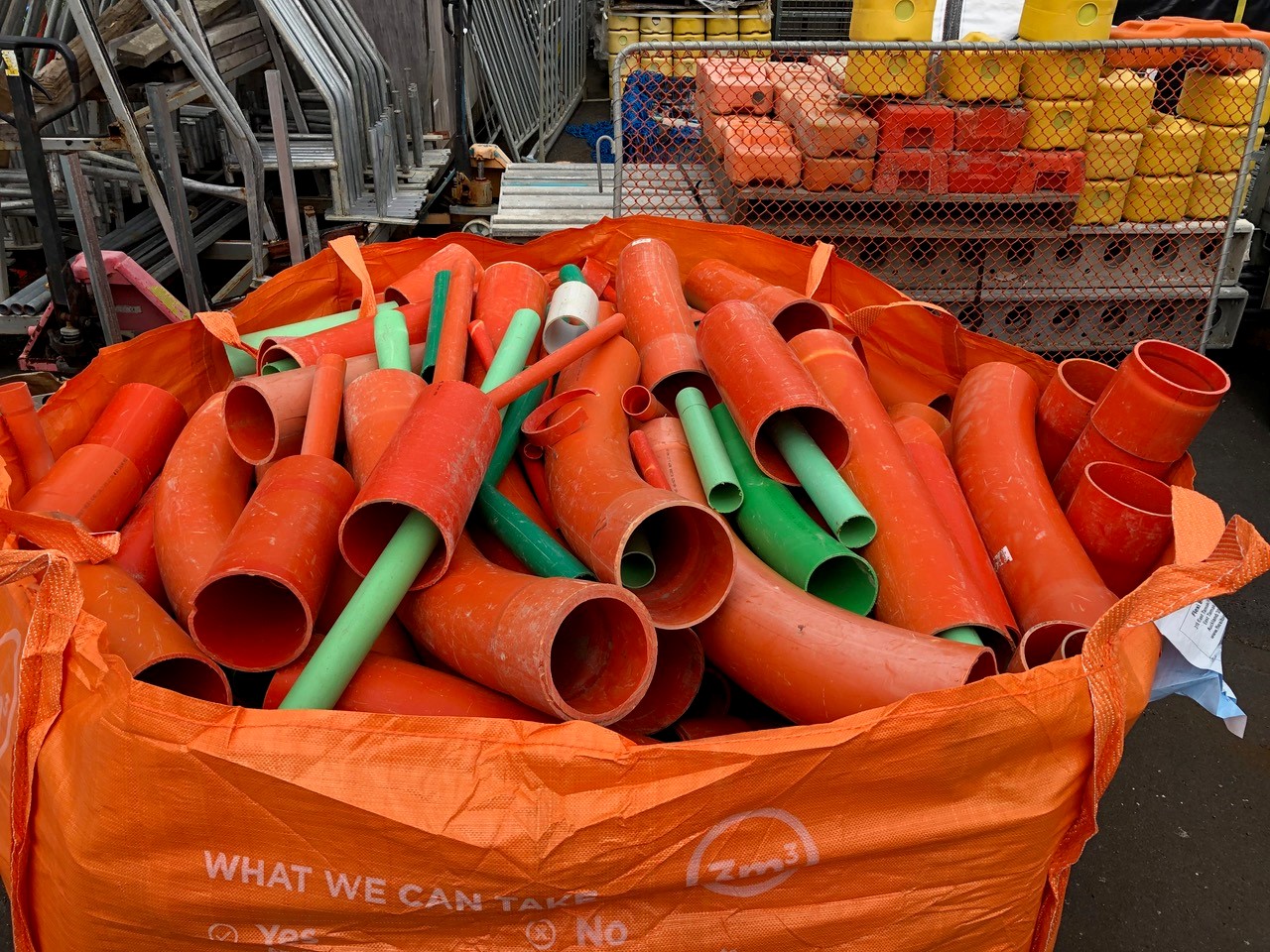Beijing’s two existing airports are already at capacity, so the new facility is badly needed. Located nearly 50 kilometres south of Beijing, Daxing will serve the northern Chinese cities of Beijing and Tianjin and the adjoining Hebei province.
Building seven runways and a terminal covering 700,000 square metres[2] (the equivalent of 97 soccer pitches) has involved plenty of raw material. This single project has required 1.05 million cubic metres of concrete, which is the total used by New Zealand’s entire building industry during the March 2018 quarter. Daxing has also needed 200,000 thousand tonnes of steel.

Set to open on 30 September 2019, the new airport can accommodate 72 million passengers a year on 630,000 flights. It will also have the world’s largest hangar, able to repair 12 planes simultaneously.
By 2025, four runways, totalling 16 kilometres in combined length will be in operation. A planned expansion to seven runways will allow Daxing to handle as many as 100 million visitors in the future.[3]
The futuristic design of the six pier radial arm passenger terminal should make the customer experience more pleasant than such eye-popping statistics might suggest. The building’s hub and spoke layout was designed with user needs at the forefront. The shape minimises the amount of walking required of travellers and has been designed to accommodate future growth. Daxing will also be serviced by a high speed rail service that will whisk arrivals off to their final destinations at velocities reaching 350 kilometres an hour.

One of the most serious constraints on travel here is the fact that 70 percent of Chinese airspace is controlled by the military, with commercial aircraft being restricted to narrow corridors. This limits arrival and departure routes, reducing the number of takeoffs and landings that airports can handle. These constraints also contribute significantly to flight delays and government statistics reveal that only 71 percent of flights leave on time.[4]
The new airport’s capacity is vast, but China’s astonishing economic growth and burgeoning travel sector mean that it will quickly be tested. By 2040 Chinese travellers are expected to account for 20 percent of global air travel, amounting to 4 billion journeys each year.




